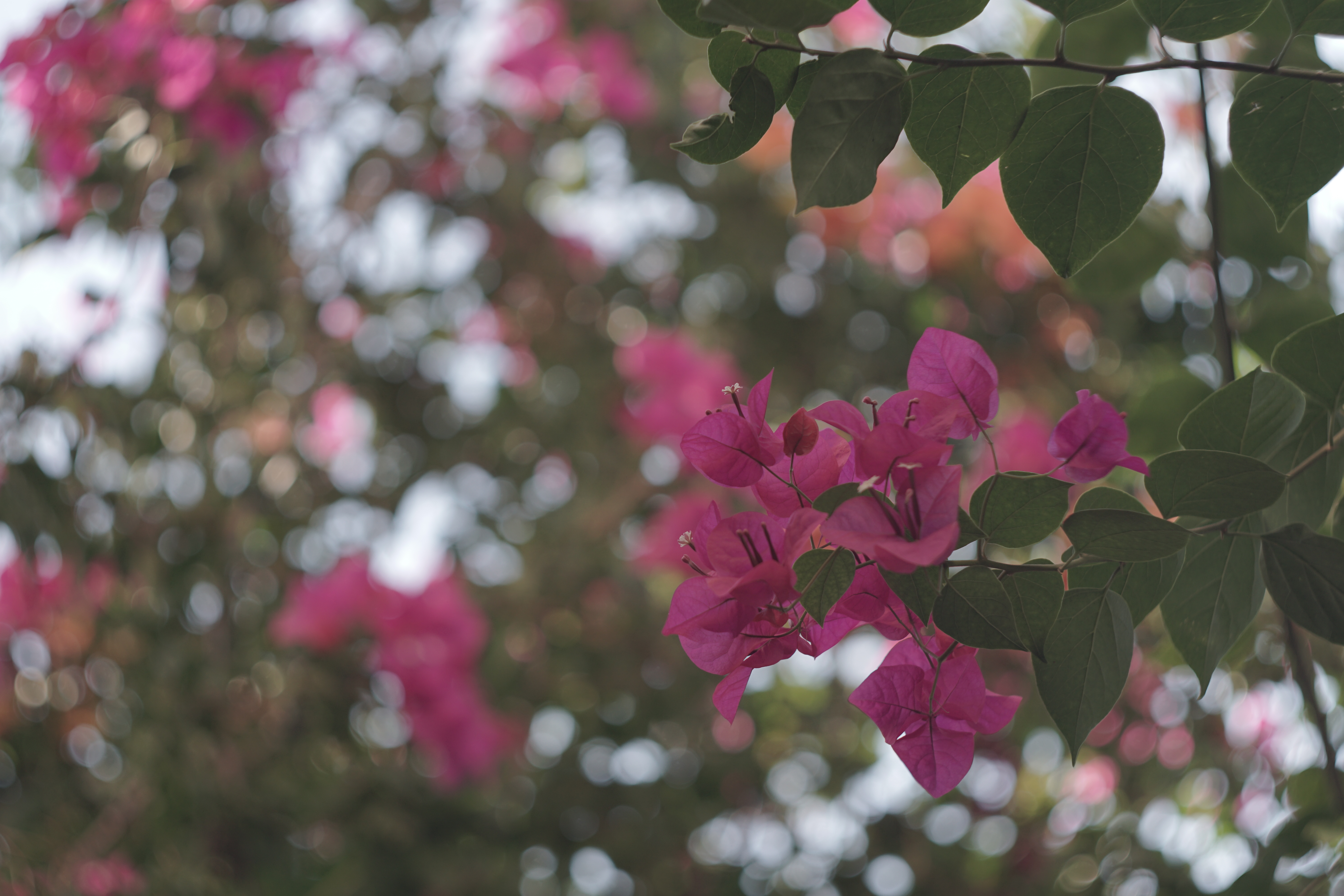May 1945. German forces surrender. The Russians, as part of war reparations get the Carl Zeiss factory in Jena. The designs and equipment of Carl Zeiss plants were largely carted off. The KMZ factory near Moscow began producing photographic lenses in 1945 to the specifications of the Carl Zeiss corporation. Close copies of German photographic lenses and cameras are made. From now on KMZ will not focus only on military equipment but also to consumers. The rest is history. But can a Soviet vintage lens from the forties still be relevant today? Modern lenses are sharp from corner to corner, they are not prone to flares, they are contrasty and problems like distortion and vignetting are solved. Well that's exactly the problem. Modern lenses produce sterile images and all of pictures look the same. There is a luck of a unique character. There are no flaws. On the other hand vintage lenses have a character. They have some famous flaws (for example the swirly bokeh) that makes them fun to use. If you learn to embrace those flaws you can create awesome images without breaking the bank. Also keep in mind that Soviet lenses like Helios 44 or Industar 61 are very nice additions for every filmmaker and content creator. Lets now see five Soviet lenses worth hunting them down on ebay.
Helios 40-2 85mm F 1.5
Mount type: M42 screw-mount
The Helios 40-2 is a port of the famous Carl Zeiss Biotar lens. It is sought for its swirly bokeh effect when shot wide open and its one of the best lenses for portraits. The images are a bit soft and they have a creamy and dreamy look. Its not the most contrasty lens but you can fix that in post. Its relatively costly but it worth every penny. Keep in mind that the Helios 40 is a big and heavy lens.
And some tips:
- Use it with full frame cameras and not cameras with a cropped sensor otherwise you will miss the Petzval effect.
- Keep in mind that the lens is much sharper in the center.
Lately the Helios 40-2 was reborn and luckily they did not "fix" it. You can search for the Helios 40-2 on ebay. A cheaper version is the Cyclop port of the lens. It was made for military use on night vision scope.
Helios 44-2 58mm F 2.0
Mount type: M42 and M39
The Helios 44_2 is the smaller brother of the Helios 40. It produces a similar swirling bokeh. It is much cheaper, smaller and less heavy than the Helios 40. Some people use it for macro photography and others for filmaking. The Helios 44-2 should be your first choice because its the best value for money.
A Helios 44M with an M42 to NEX adapter
Keep in mind that there are sellers that offer a cine mod version that deliver a beautiful anamorphic style footage. That makes it the perfect vintage lens for filmaking. The earlier version, the Helios 44 has 13 blades and it is a bit sharper but also more expensive.
You can achieve similar results with the Helios 44m and the Helios 44m4.
Mir 1 37mm F2.8
Mount type: M39, M42, t-mount and Kiev-10/Kiev-15
The Mir 1 is a wide angle lens based on the Zeiss Flektogon. Mir 1 has a click-less aperture that makes it ideal for filmaking. It produces a wonderful bokeh and its wide enough to shoot landscapes. Its also good for street photography and even for portraits. It's a small and compact lens and its fun to use.
Soviet lenses produce a swirly bokeh - Image taken with a Helios 44-2
Industar 61 55mm F2.8
Mount type: M39
The Industar 61 is based on the Zeiss Tessar design. Its is a sharp lens and produces great images with nice color rendering. It is also very good for filmaking because of the click-less aperture and the footage quality. The Industar 61 is also very cheap and it is a very good choice.
Jupiter 9 85mm F2
Mount type: M42
And last but not least comes the Jupiter 9. This lens has 15 blades and it is a port of the Carl Zeiss Sonnar. It is sharp from wide open and the bokeh it produces is beautiful. It's an excellent choice for still shooters, especially for portraits and for videography.
Industar 61 L/D 55mm & Sony a6000 M39 to NEX adapter
Are Soviet lenses radioactive? Yes, some of them are. Just like some version of the Carl Zeiss family or the the Asahi Takumar lenses (not Soviet) that were manufactured prior to the 1960's. Their glass is thoriated due to the inclusion of thorium. But the amount of radiation is really small so you do not have to be afraid to use them. Thorium oxide will mainly affect your lens ability to reproduce neutral colors over time. But you can reverse this by exposing your lens to sunlight! Other users seem to enjoy this though and they leave the lens as is!
Final thoughts
So these are my favorite (top five) vintage lenses from the Soviet era.
- Helios 40-2. Great for artistic portraits with a swirly bokeh background
- Helios 44-2 . A great all rounder that can swirl too
- Mir 1 37 mm. A lens when you need something wider
- Jupiter 9. Great for portraits too
- Industar 61. Another great all rounder with compact size
DISCLAIMER: Links - Affiliate code: if you purchase products using my links I will receive a small commission at no additional cost to you. Thank you!













No comments:
Post a Comment